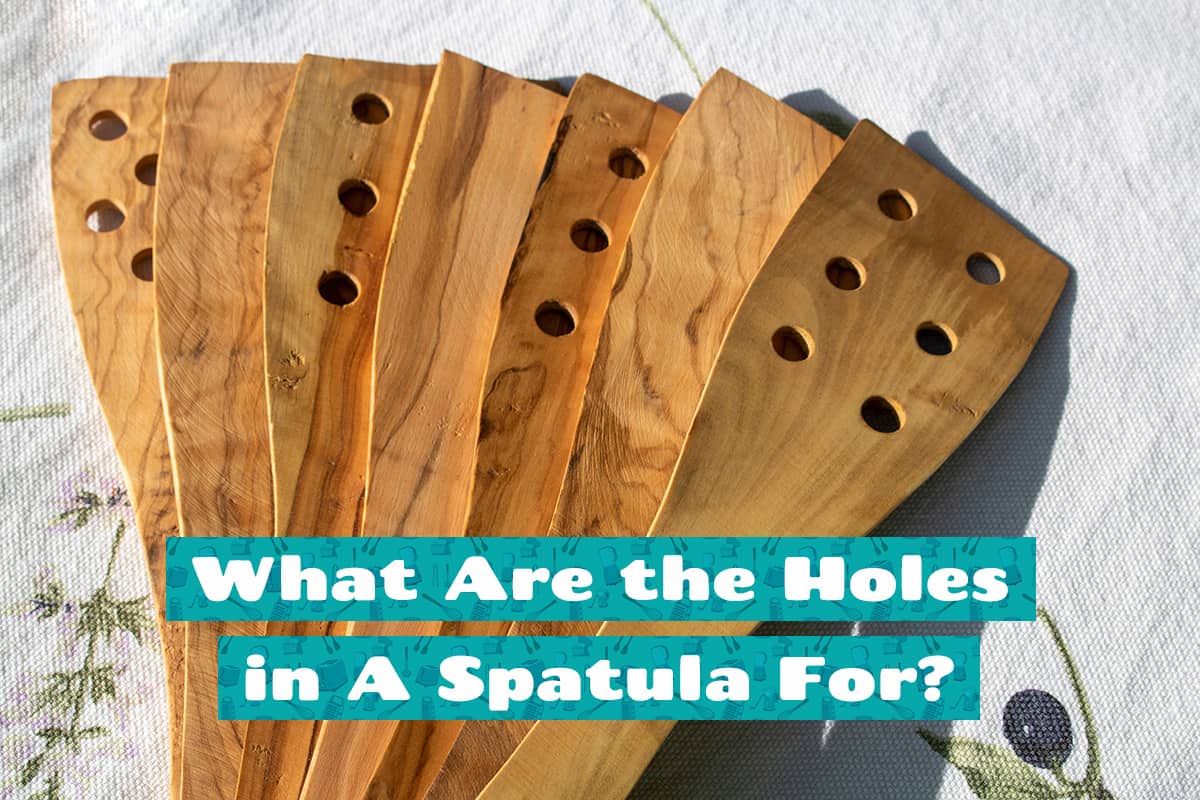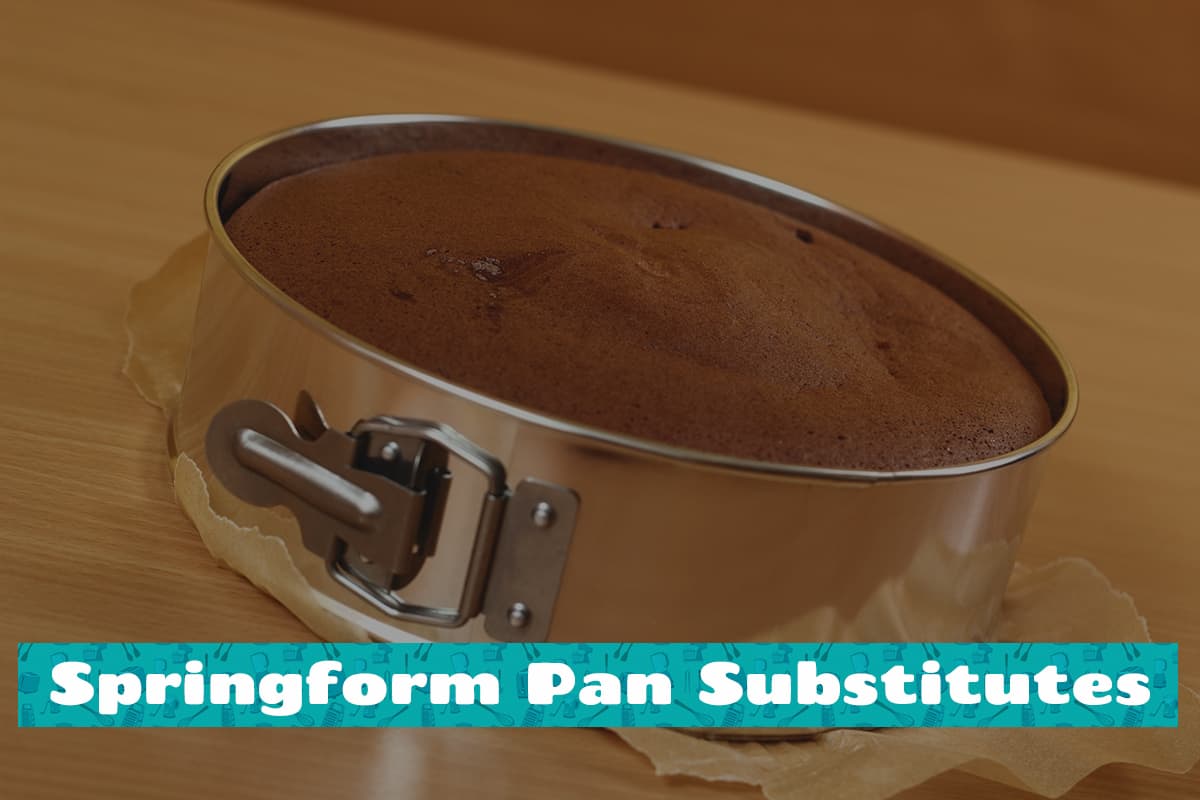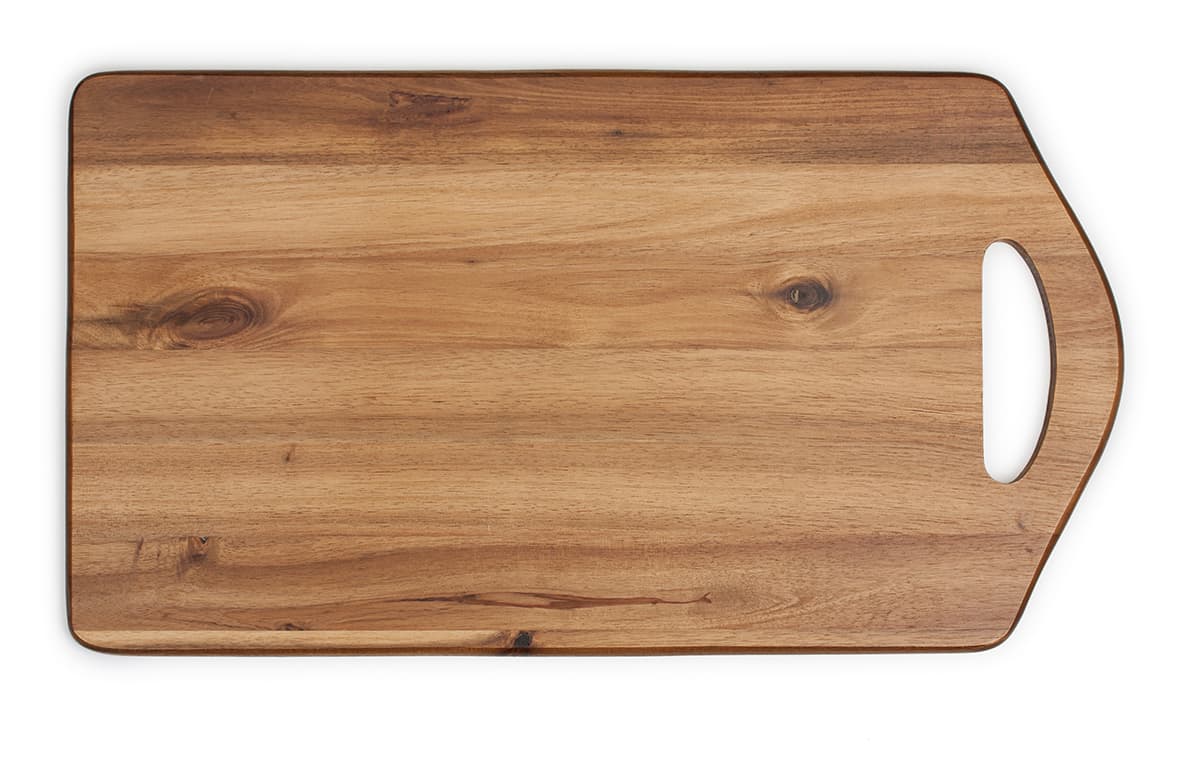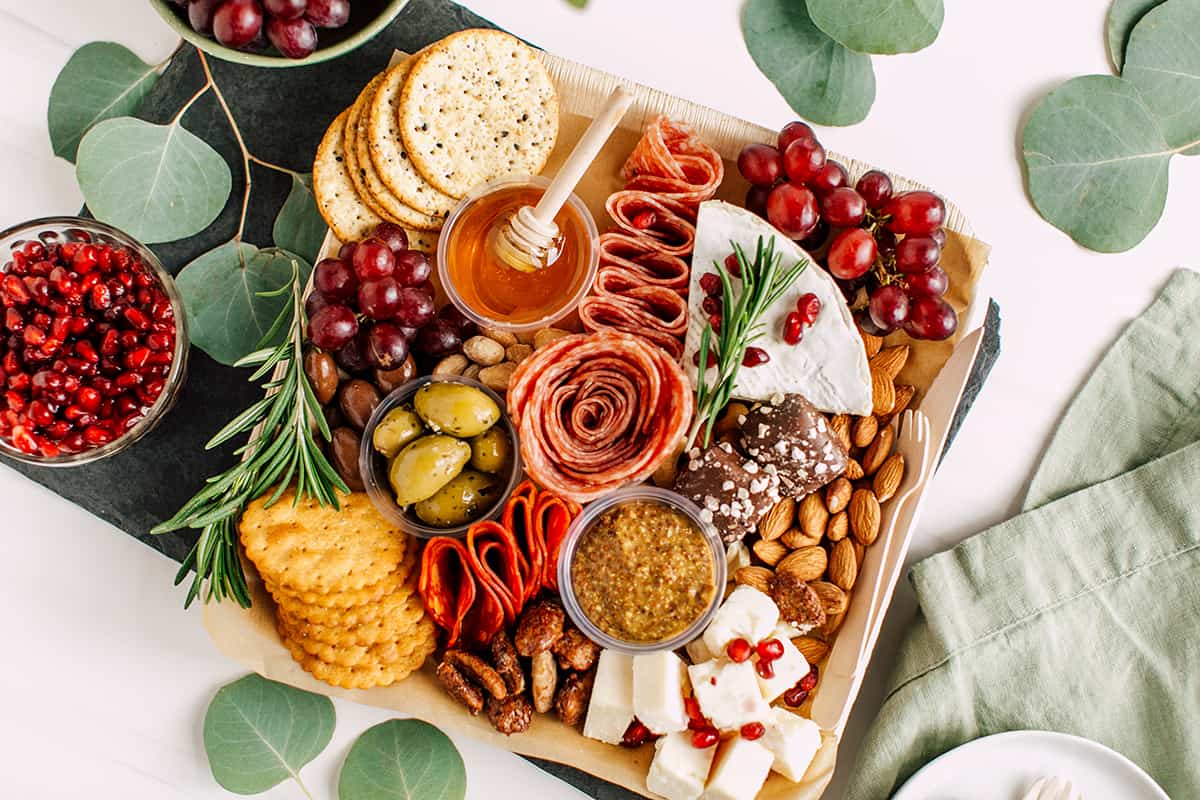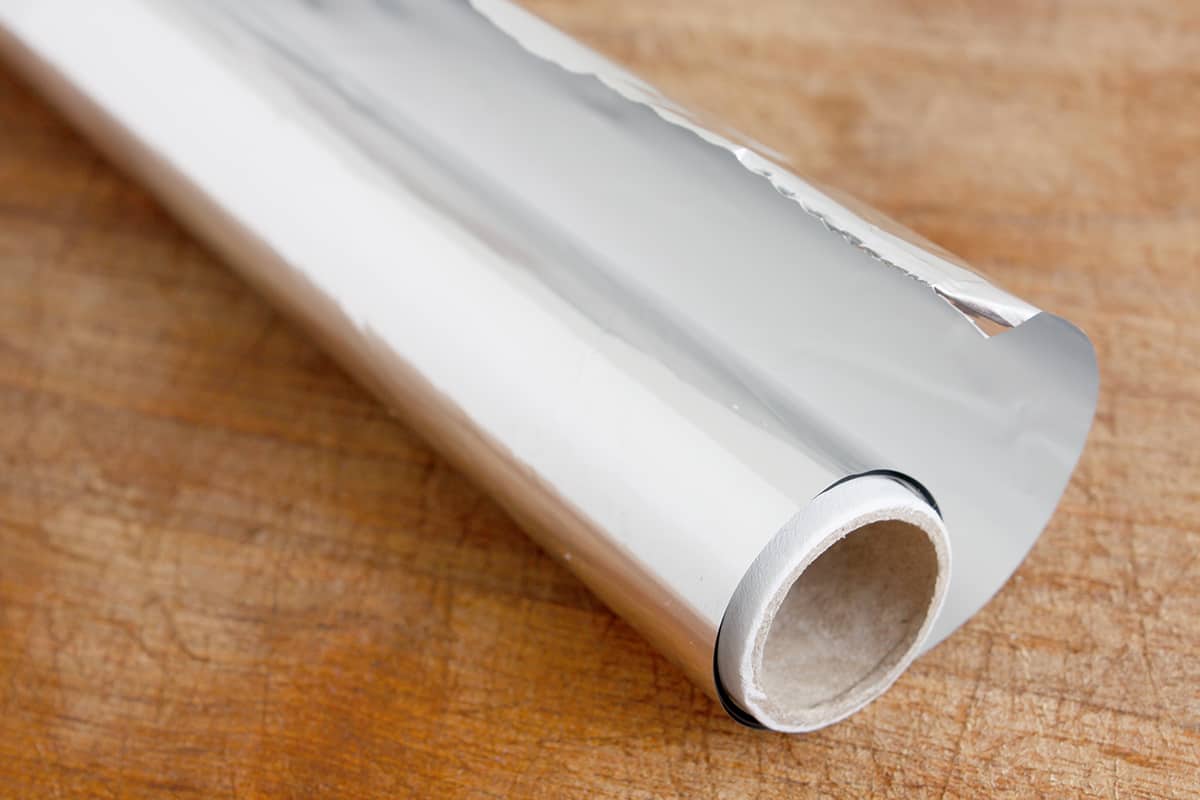Calling all foodies, chefs, and culinary adventurers! Do you have a secret recipe for the world’s most delicious lasagna, or a killer chocolate chip cookie that makes mouths water for miles? Well, it’s time to unleash your culinary genius on the world by publishing your very own cookbook. But wait, before you hit “print,” you’ll want to make sure that your cookbook is the perfect size for your readers to hold and for your recipes to shine.
Traditional cookbooks measure about 7-1/2 × 9-1/4 inches, while modern cookbooks tend to measure around 7-3/4 × 10-1/4 inches.
While knowing the dimensions of a standard cookbook is fine, there’s still a lot more to discover before publishing your culinary masterpieces. In this guide, we’re going to look at the various cookbook styles, and how the beginning steps for launching your own cookbook!
Cookbook Styles
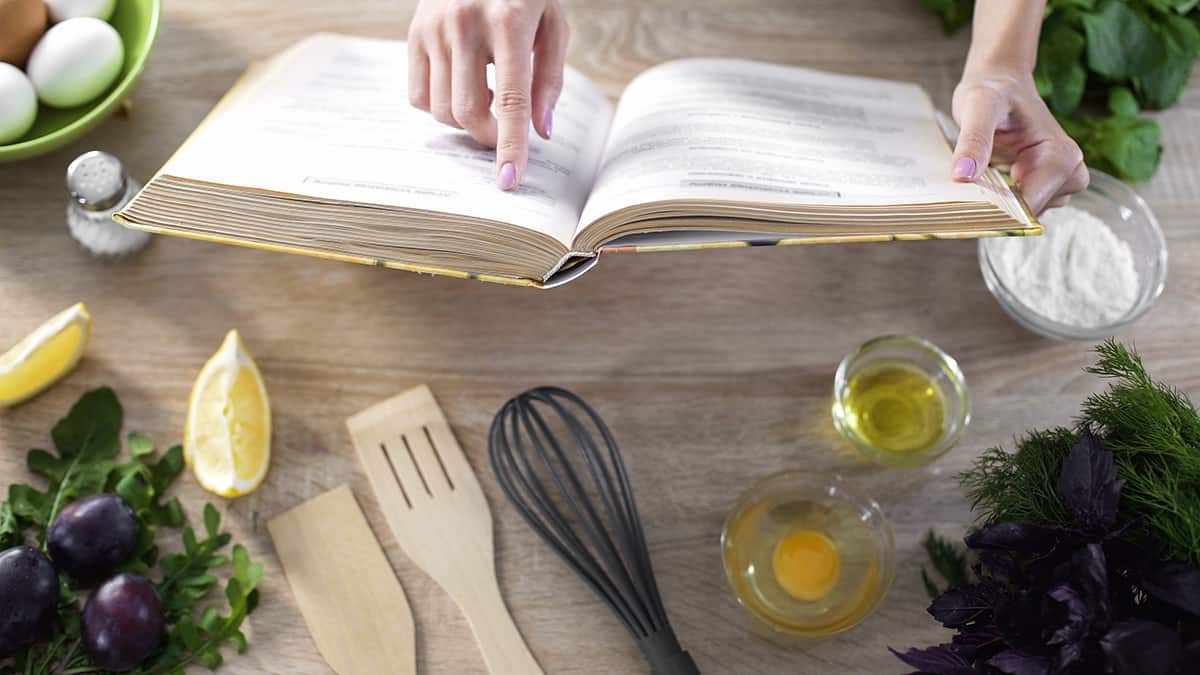
Cookbooks typically come in 2 styles: traditional and modern. Let’s take a closer look at what they are.
Traditional cookbooks
Traditional cookbooks are the classic type of cookbook that have been used for generations. These cookbooks typically feature a plastic or metal spiral binding that allows the book to lay flat on a kitchen counter or table, making it easy to read and follow recipes while cooking.
One of the benefits of traditional cookbooks is that they are often very durable and can withstand heavy use in the kitchen. The spiral binding helps to prevent pages from tearing or falling out, and the book can be easily wiped clean if it gets splattered with food.
In addition to their practicality, traditional cookbooks often have a nostalgic quality that many people find appealing. They may feature classic recipes that have been passed down through generations, or they may have a retro design that evokes memories of cooking in the kitchen with family members.
Some people also prefer traditional cookbooks because they are more tactile and engaging than digital cookbooks. While digital cookbooks offer many benefits such as easy access, searchability and portability, traditional cookbooks with spiral binders can provide a more immersive experience, allowing readers to flip through pages and bookmark their favorite recipes.
Modern cookbooks
Modern cookbook design has evolved to reflect changes in the way we consume information, and the way we approach cooking and food in general. Today’s cookbooks often have a sleek, contemporary design with soft or hard covers and a matte finish.
One of the key trends in modern cookbook design is a focus on high-quality visuals. Cookbooks are often filled with vibrant, full-color photographs that showcase the finished dishes, as well as step-by-step instructional images that help readers understand the cooking process. Many modern cookbooks also feature illustrations, infographics, and other visual aids that make the recipes easier to follow.
Another trend in modern cookbook design is a focus on simplicity and ease of use. Many cookbooks are designed to be as user-friendly as possible, with clear, concise instructions and minimal text. This is particularly important as more and more people turn to cooking as a way to save money, eat healthier, and explore new culinary experiences.
Cookbook Sizes
There really is no standard size when it comes to cookbooks. If you want to publish your recipes, you can do so on as big or as small a book as you want. That said, you’ll usually find traditional cookbooks measuring around 7-1/2 × 9-1/4 inches, whereas modern cookbooks are slightly larger, measuring 7-3/4 × 10-1/4 inches.
Common Cookbook Specs
Using the term “specs” to describe a cookbook may seem a bit odd, but it’s worth knowing the technical details before publishing your own book.
Again, cookbook specs differ between traditional and modern styles. Here’s what you should know:
Traditional cookbooks have a spiral or wire binder with a gloss lamination finish. Modern cookbooks, on the other hand, have perfect bindings for softcover books and case bindings for hardcover copies.
Cookbooks usually use 70-pound sheets (1 ream = 500 sheets = 70 pounds) with an uncoated finish. However, it’s not uncommon to find traditional cookbooks with laminated finishes for each of the pages.
How to Publish Your Own Cookbook

There are 2 ways to go about publishing any book: self-publishing or finding a publisher. But before you decide which publishing route to take, you’ll need to have your cookbook ready to go.
Here’s a basic guideline on how to publish your own cookbook.
1. Develop the concept
The first step is to settle on a central concept or theme for your book, such as a specific type of food, cooking method, or dietary restriction. A table of contents, detailing the chapters and recipes that will be included in your book, should also be created.
You must think about who you are writing for and what you want to say before you can write effectively. To make your cookbook interesting and useful to your target audience, you need to develop a clear and focused concept.
2. Test and refine your recipes
Repeatedly test each recipe by carefully preparing and cooking it, making any necessary adjustments to the ingredients, cooking methods, and instructions. Other considerations include the ease of obtaining the necessary ingredients, the complexity of the recipe, and your own cooking prowess. Spending time testing and honing your recipes is the best way to guarantee that they are reliable, accessible, and delectable for your readers.
3. Write and edit the manuscript
Creating a cookbook requires more than just gathering a bunch of recipes; it also requires writing a narrative that flows well and connects all the parts of your concept. Proofreading is essential to ensure your text is clear and easy to follow. Make sure you have a second pair of eyes to give you feedback.
4. Design the cookbook layout
This involves choosing an appropriate sheet size, font size, and page layout, as well as selecting high-quality photos and illustrations to accompany your recipes. You may also want to consider the number of recipes per page, as well as the use of headers, footers, and other design elements to improve the organization and readability of your cookbook.

